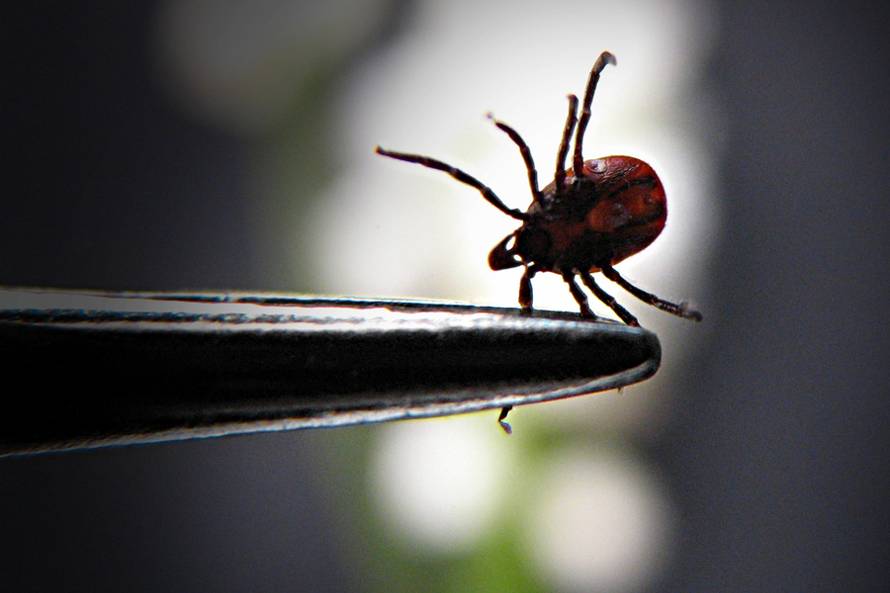Lyme disease is a serious bacterial infection that affects nearly half a million people in the United States every year. While antibiotics can usually clear the infection, some patients struggle with lingering symptoms for months or even years.
Researchers from MIT and the University of Helsinki have made an exciting discovery that could lead to new ways to prevent and treat Lyme disease. They found that human sweat contains a protein that can protect against the bacteria that cause Lyme disease.
About one-third of the population carries a genetic variant of this protein that is less effective at inhibiting the Lyme disease bacteria. “This protein may provide some protection from Lyme disease, and we think there are real implications here for a preventative and possibly a therapeutic based on this protein,” says Michal Caspi Tal, a principal research scientist at MIT.
The researchers aren’t sure yet exactly how the protein works to stop the bacteria’s growth, but they plan to investigate whether applying it to the skin could prevent Lyme disease infection. They also hope to explore using the protein as a treatment for infections that don’t respond to antibiotics.
“We have fantastic antibiotics that work for 90 percent of people, but in the 40 years we’ve known about Lyme disease, we have not budged that,” Tal says. “Ten percent of people don’t recover after having antibiotics, and there’s no treatment for them.”
Hanna Ollila, a senior researcher at the University of Helsinki, is also a senior author of the study, which was published in Nature Communications. The lead author is Satu Strausz, a postdoc at the University of Helsinki.
The researchers say that even people with the protective version of the protein can still develop Lyme disease, and they shouldn’t assume they’re immune. But this discovery offers hope for new ways to prevent and treat this persistent and debilitating illness.


